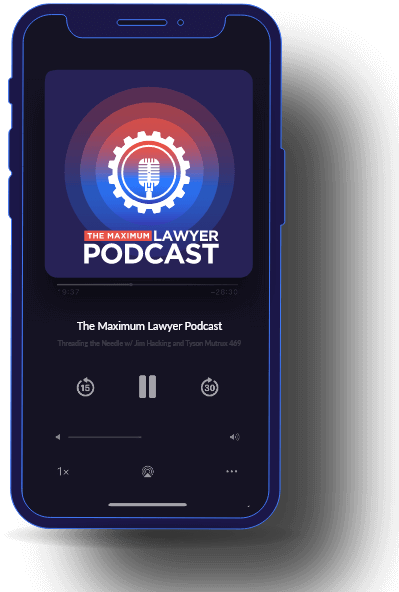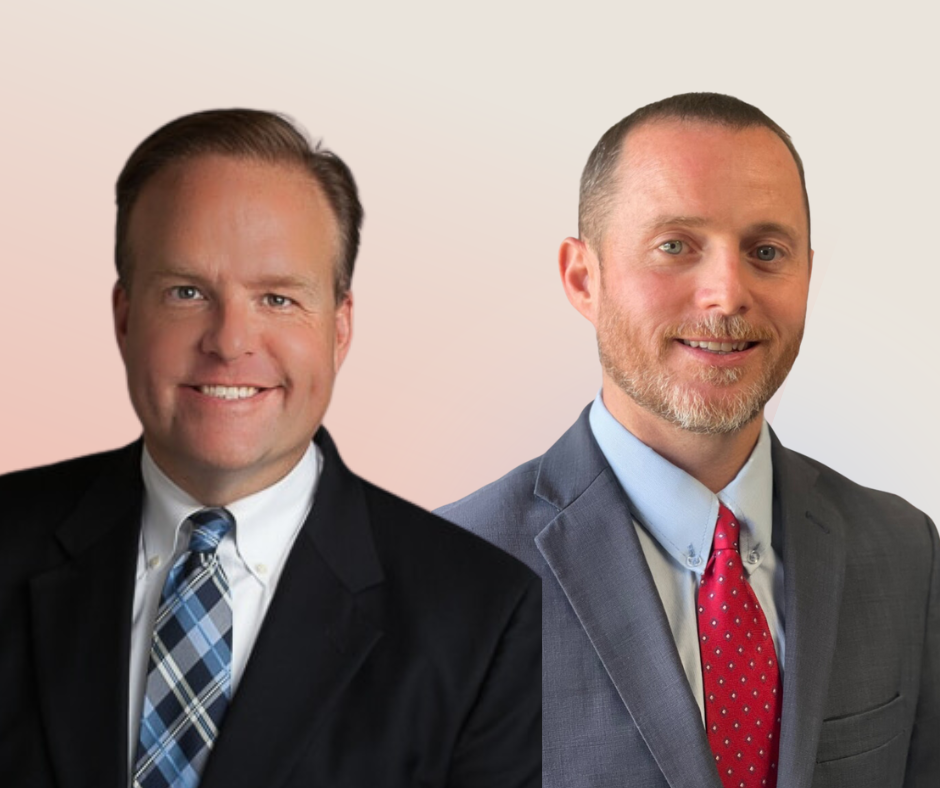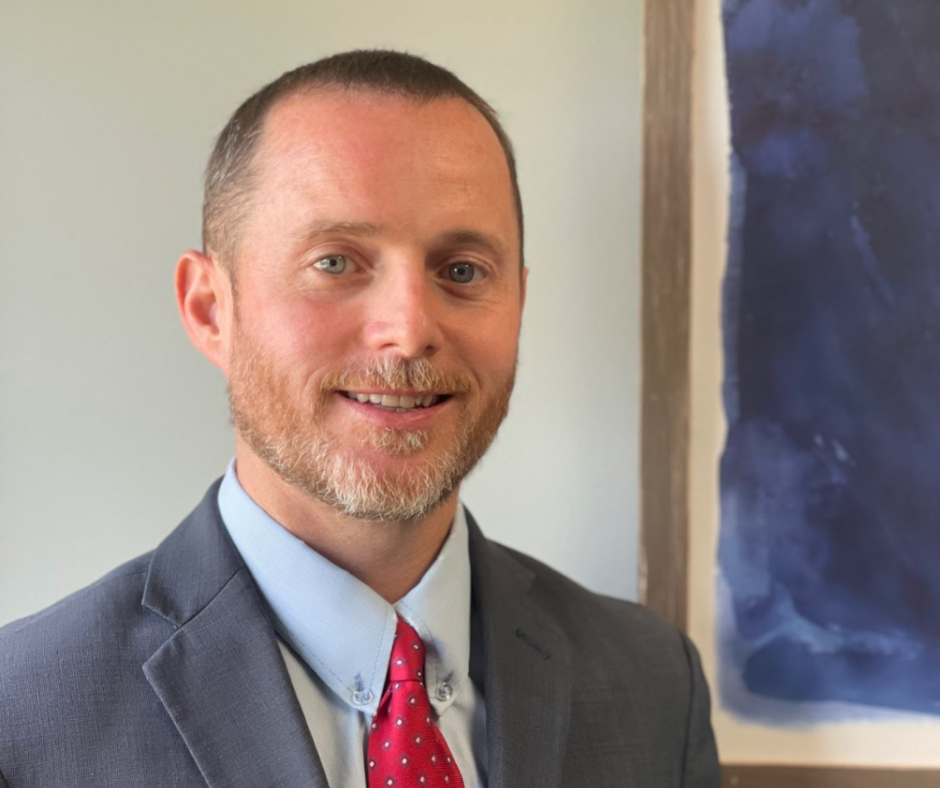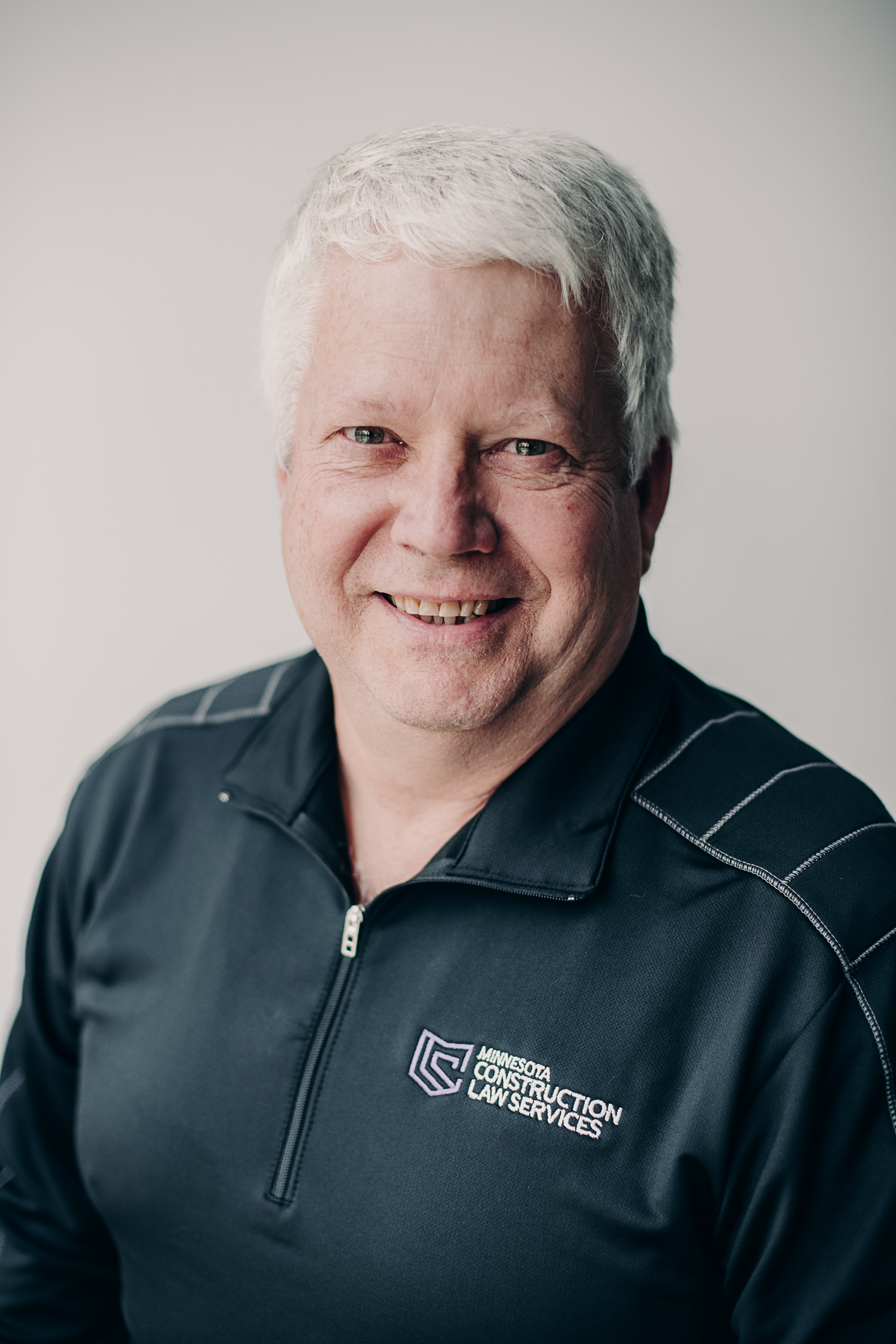Do you struggle with keeping realistic expectations? In this episode of the Maximum Lawyer Podcast, Tyson and Jim share their insights on unbridled optimism and how it relates to the field of law.
Today we're excited to share a presentation by Craig Goldenfarb from MaxLawCon 2021! Tune in to hear from Craig, a recovering trial attorney, to learn not only about how to run a good firm but how to run a great law firm business.
While Craig is primarily occupied with building the teams that directly manage client cases, he is devoted to serving the legal needs of his “Critical Case” clients. He directly handles pre-suit and litigation matters that involve significant loss, such as catastrophic injury cases, nursing home abuse, wrongful death, negligent security, and heart attacks in public places (AED law).
Craig takes pride in being able to fight the insurance companies to obtain fair compensation for his clients.
1:34 first woman professor at Harvard Law
5:19 children were dying on sports fields
9:03 goals in certain systems
14:09 another tip to avoid overwhelm
18:24 six levels of delegation
22:11 tools to grow
Watch the podcast here.
Join the Guild: www.maxlawguild.com
MaxLawCon tickets are on sale now! Grab your ticket today at www.MaxLawCon2022.com. Join us for the best conference for legal entrepreneurs at the Ameristar Casino, Resort, and Spa in St. Charles, MO, on Thursday, June 2nd, and Friday, June 3rd!
Guild Membership
Free Access to Stage 1 of Maximum Lawyer in Minimum Time
Sign Up Today!Customer Reviews
4.9 out of 5
Join Our Facebook Group
Enjoy Exclusive Access To Stage One Of The Maximum Lawyer In Minimum Time Course
Privacy Policy
This privacy policy has been compiled to better serve those who are concerned with how their ‘Personally Identifiable Information’ (PII) is being used online. PII, as described in US privacy law and information security, is information that can be used on its own or with other information to identify, contact, or locate a single person, or to identify an individual in context.
Please read our privacy policy carefully to get a clear understanding of how we collect, use, protect or otherwise handle your Personally Identifiable Information in accordance with our website.
What personal information do we collect from the people that visit our blog, website or app?
When ordering or registering on our site, as appropriate, you may be asked to enter your name, email address or other details to help you with your experience.
When do we collect information?
We collect information from you when you register on our site, place an order, subscribe to a newsletter, Use Live Chat, Open a Support Ticket or enter information on our site.
How do we use your information?
We may use the information we collect from you when you register, make a purchase, sign up for our newsletter, respond to a survey or marketing communication, surf the website, or use certain other site features in the following ways:
- To personalize your experience and to allow us to deliver the type of content and product offerings in which you are most interested.
- To improve our website in order to better serve you.
- To allow us to better service you in responding to your customer service requests.
- To quickly process your transactions.
- To send periodic emails regarding your order or other products and services.
- To follow up with them after correspondence (live chat, email or phone inquiries)




